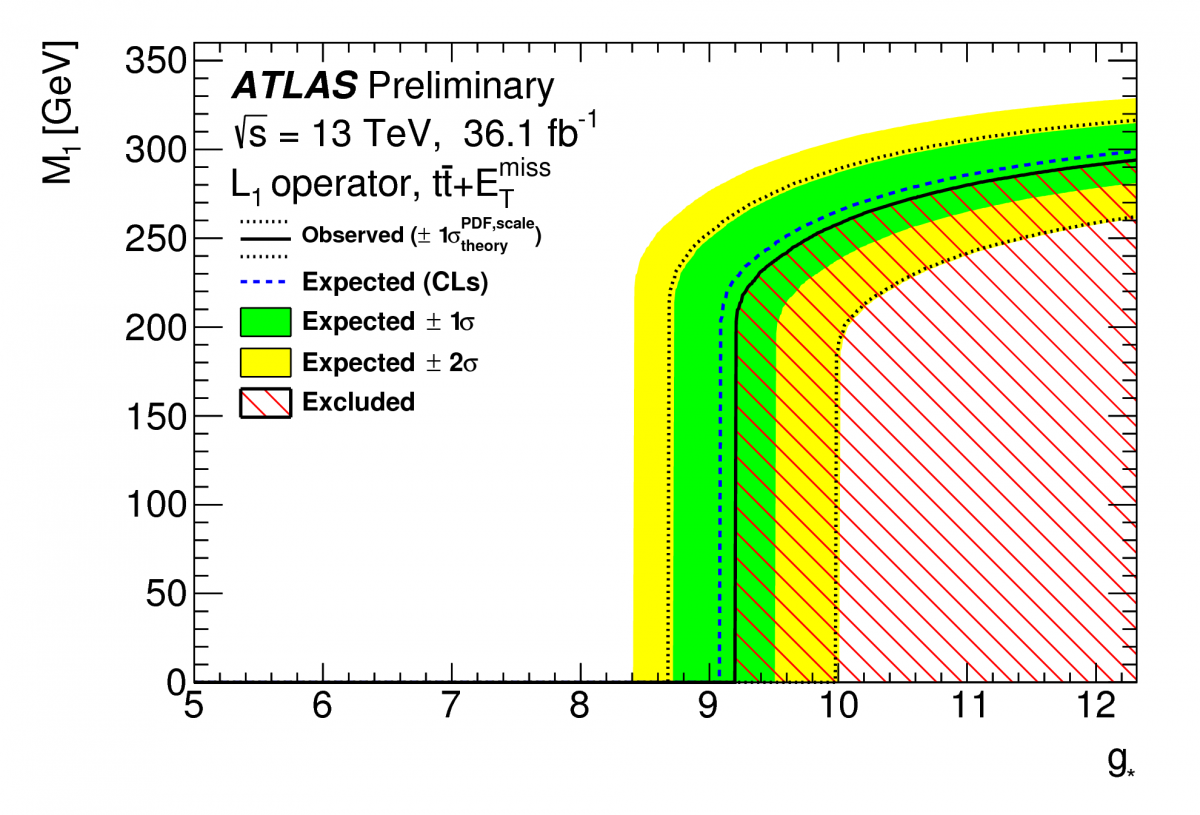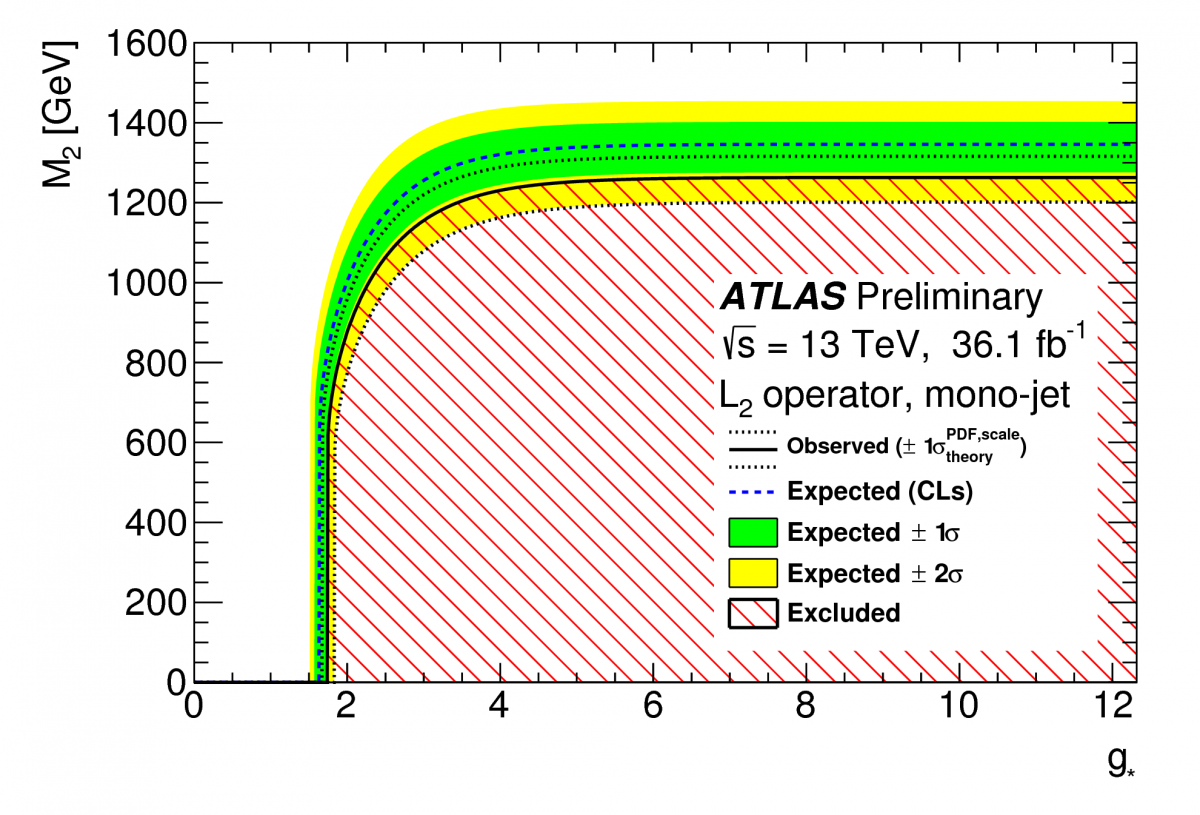Particle colliders join the quest for dark energy.
The birth of a new science
The beginning of the twentieth century was marked by two of the greatest scientific discoveries: quantum mechanics and the theory of relativity, which became the driving forces behind an array of new scientific breakthroughs and technological leaps. Quantum mechanics led to the invention of transistors and the computer revolution. The theory of relativity completely transformed our way of thinking about space, time and gravity but also gave birth to a new scientific field: that of cosmology.
In 1917, Einstein took the first step towards developing modern cosmology by deriving an exact solution of his equations that described the observable universe in its entirety. This was the first cosmological model, which contained the famous constant Λ, the so-called “cosmological constant”, which he introduced in order to make the universe static, in accordance with the dominant cosmological belief of the time. A few years later, in 1929, Edwin Hubble observed that the local neighborhood of the universe is expanding, which led Einstein to quickly abandon his model, calling the cosmological constant the “biggest blunder” of his life. Little did he know that half a century later, his biggest blunder would lead to an unexpected discovery and a Nobel prize.
The “Big Bang” and the cosmological standard model
After the first cosmological model by Einstein, several prominent physicists turned to the study of the early universe and proposed their own models, the most famous being the Friedmann-Lemaître-Robertson-Walker model (FLRW). The FLRW model was first proposed by Soviet physicist Alexander Friedmann who found a solution of the Einstein equations that described a homogeneous and isotropic universe. The solution went unnoticed for several years, until the Belgian physicist Georges Lemaître arrived at the same conclusion, realising that the FLRW model could describe an expanding universe, which when traced back in time would appear to originate from a single point, later known as the “Big Bang”.
At those times “the study of the early universe was widely regarded as not the sort of thing to which a respectable scientist would devote his time”, as Weinberg wrote. The situation changed completely with the discovery of the Cosmic Microwave Background radiation (CMB) in 1964 by Arno Penzias and Robert Wilson, which gave observational evidence that the observable universe is isotropic and evolved from a state of higher density.
More astronomical observations and the detailed measurement of CMB by space missions like COBE, WMAP and Planck established the so-called standard model of cosmology. This model uses the Einstein equations to describe the evolution of space-time (FLRW metric), which is governed by the matter content of the universe. Different types of matter can lead to a different evolution, e.g. relativistic matter like photons and neutrinos leads to a quickly decelerated expansion, non-relativistic matter like baryons or dark matter leads to a more slowly decelerated expansion. There is yet another form of matter, which acts like a negative pressure leading to an accelerated expansion of space-time. The latter is known as “dark energy” (DE). Einstein’s cosmological constant is a specific form of DE, which is constant in time and leads to an exponentially accelerated expansion.
An unexpected observation
In the 1990s cosmologists had several observations at hand, with which they could get the first detailed view of the cosmos: they knew that dark matter had to be present in galaxies together with baryonic matter and the first CMB data by COBE allowed to estimate the matter content of the universe. In the late 1990s we knew that the universe is governed by baryonic and dark matter and it appears to be flat, so two teams, the Supernova Cosmology Project and the High-Z Supernova Search Team, set out to measure the rate at which the expansion was slowing down due to gravity.
 Much to everyone’s surprise they found out that the expansion was not slowing down but accelerating! This discovery was awarded the Nobel prize in 2011. The accelerated expansion implied the existence of a new type of matter, DE which counteracts the effect of gravity at cosmological scales, pushing the universe to expand. The simplest explanation for DE is Einstein’s cosmological constant, which can be identified with the vacuum energy density. The problem with this is that the predicted energy density differs from the observed one by more than 50 orders of magnitude, probably the most embarrassing disagreement between theory and experiment in the history of science!
Much to everyone’s surprise they found out that the expansion was not slowing down but accelerating! This discovery was awarded the Nobel prize in 2011. The accelerated expansion implied the existence of a new type of matter, DE which counteracts the effect of gravity at cosmological scales, pushing the universe to expand. The simplest explanation for DE is Einstein’s cosmological constant, which can be identified with the vacuum energy density. The problem with this is that the predicted energy density differs from the observed one by more than 50 orders of magnitude, probably the most embarrassing disagreement between theory and experiment in the history of science!
Apart from the cosmological constant there is a vast landscape of theories that can explain the accelerating expansion, ranging from theories with new fundamental fields beyond the Standard Model (SM) to modifications of general relativity. Despite the plethora of alternative models there is no leading candidate among them and several questions about the nature of DE still remain open: we don’t know whether it’s due to a new particle or a modification of gravity, whether it’s constant or dynamic and whether it interacts with other fundamental particles or not. Therefore, DE constitutes one of the biggest mysteries in particle physics and cosmology.
Searching for dark energy
Dark energy affects the expansion of space-time and is therefore imprinted on several observables that we can access with today’s instruments, such as CMB, the growth rate of large structures like galaxies, gravitational lensing etc. More recently gravitational waves have been added to this list.
Collider experiments offer an alternative approach, whereby DE could be produced in collisions of SM particles and directly detected. This approach features several advantages. First of all, it is believed that DE should couple to SM fields in order to screen additional gravitational forces which are predicted to exist at small scales but not been observed [1]. Coupling to SM fields means that DE could be produced and directly detected at colliders. Moreover, it has been argued that cosmological observations alone might be unable to distinguish models with new fields from modified gravity and particle physics experiments might be able to alleviate this problem, known as “dark degeneracy” [2]. Finally, in order to understand the nature of DE several experiments offering different insights will be needed. Collider experiments access different parts of the parameter space and could investigate the microscopic nature of DE if discovered, thereby providing complementary information to the cosmological probes mentioned above.
Collider searches for dark energy
Searches for dark energy had not been performed until recently at colliders, due to the lack of models describing the interaction between DE and SM particles. A concrete model was recently proposed in a recent paper by Philippe Brax, Clare Burrage, Christoph Englert, and Michael Spannowsky [3] thus paving the way towards the first collider search for DE (see also a previous EP article HERE).
This model extends the Standard Model Lagrangian with a set of higher dimension operators which encode the different couplings between DE and SM particles. These operators are suppressed by a characteristic energy scale, which is not determined theoretically, but can be constrained experimentally. The experimental goal is precisely to pinpoint the characteristic energy scales associated with the different DE-SM couplings.
Two representative operators predict that DE couples preferentially to either very massive particles like the top quark, a coupling known as “conformal”, or to final states with high momentum transfers, like final states involving high energy jets, a coupling known as “disformal”. In a big class of these operators the DE particle cannot decay inside the detector, therefore leaving a missing energy signature. Two possible signatures for the detection of DE are therefore the production of a pair of top-antitop quarks or the production of high energy jets, associated with high missing energy.
Such signatures are similar to the ones expected by the production of top squarks, where the missing energy would be due to the neutralinos from the top squark decays or from the production of standard model particles in association with dark matter particles, which also leave a missing energy signature in the detector. The ATLAS collaboration therefore re-interpreted the result of recent searches for stop quarks [5] and dark matter produced in association with jets [6], setting the most stringent limits on the DE model [4], as shown in the figure below.


Figure: Limits on the energy scale of the interaction between DE and SM particles (M) as a function of the DE-SM coupling (g*), from the search in events with top quarks and missing energy (lop) and the mono-jet search (bottom).
The search for DE has revealed that the characteristic energy scale must be higher than approximately 300 GeV for the conformal coupling and 1.2 TeV for the disformal coupling.
The limits on the disformal coupling are several order of magnitudes higher than the limits obtained from other laboratory experiments and cosmological probes, proving that colliders can provide crucial information for understanding the nature of DE.
What lies ahead
With the first results from dark energy searches, ATLAS has successfully probed all forms of matter in the observable universe, demonstrating the versatility of collider experiments and opening a new avenue of interdisciplinary research, which lies at the interface of particle physics and cosmology.
The search for DE at colliders is only at the beginning and a lot of work remains to be done by both theorists and experimentalists. More experimental signatures and more types of coupling between DE and SM matter have to be explored and more optimal search strategies could eventually be developed.
All in all, colliders offer an alternative way of searching for DE that will help together with cosmological observations and other laboratory experiments to further our understanding of one of the biggest mysteries of our time.
Further reading
[1] A. Joyce, et al, Phys. Rept. 568 (2015) 1 P. Brax, Rep. Prog. Phys., 81 (2018) 016902
[2] Kunz PRD 80 (2009) 123001 Kunz, Sapone PRL 98 (2007) 121301
[3] Brax et al, PRD 94 (2016) 084054
[4] ATLAS collaboration, ATL-PHYS-PUB-2018-008
[5] ATLAS collaboration, JHEP 12 (2017) 085
[6] ATLAS collaboration, JHEP 01 (2018) 126
